Published in 2017 by The Rosen Publishing Group, Inc.
29 East 21st Street, New York, NY 10010
Copyright 2017 by The Rosen Publishing Group, Inc.
First Edition
All rights reserved. No part of this book may be reproduced in any form without permission in writing from the publisher, except by a reviewer.
Library of Congress Cataloging-in-Publication Data
Names: Lowery, Zoe, author. | Spalding, Frank, author.
Title: The Rwandan genocide / Zoe Lowery and Frank Spalding.
Other titles: Bearing witness (Rosen Publishing Group)
Description: New York : Rosen Publishing, 2017. | Series: Bearing witness | Includes bibliographical references and index.
Identifiers: LCCN 2015050277 | ISBN 9781477785706 (library bound)
Subjects: LCSH: GenocideRwandaJuvenile literature. | Ethnic conflictRwandaHistory20th centuryJuvenile literature. | RwandaHistoryCivil War, 1994AtrocitiesJuvenile literature. | RwandaEthnic relationsHistory20th centuryJuvenile literature. Classification: LCC DT450.435 L69 2016 | DDC 967.5710431dc23 LC record available at http://lccn.loc.gov/2015050277
Manufactured in China
CONTENTS
I n 2015, a walk through Kigali, Rwandas capital, shows almost no sign of the horrors that so recently came close to crippling the African country. Although Rwanda is one of the poorest countries in the world, Kigalis streets are clean and safe. Its so safe that people can walk alone at night. Few African countries can make that claim. But just over twenty years ago, the scene was gravely different. A three-month killing spree changed the country forever.
The Second World War (1939-1945) is well known as the twentieth centurys most devastating armed conflict. Nations all over the globe joined one side or the other. The Allied Powers were made up of Britain, Canada, and the United States, and the Axis Powers encompassed Germany, Italy, and Japan. The Allies would ultimately claim victory but not before more than seventy million people had died.
Although the war had no shortage of tragedies, at its conclusion some of the most brutal news was revealed: Nazi Germany had attempted to methodically annihilate specific groups of people, including the handicapped, homosexuals, and political enemies, as well as ethnic groups including Roma (gypsies) and Jews. Jewish people were intensely victimized. By the end of the war, somewhere around six million of them had been ruthlessly slaughtered.
It was a systematic process. The Nazis forced people to go to concentration camps, where they had no choice but to suffer through backbreaking work. Those who didnt starve to death died as a result of illness or were outright killed. The word genocide was coined in 1943 to describe this systematic killing of the Jewish people.
Promises echoed from all over the world: these atrocities would never happen again. With fervent hopes that no such worldwide clash would happen in the future, in 1945 a worldwide organization was founded to promote international peacekeeping and collaboration: the United Nations (UN). Fifty-one members joined that first year, and as of 2015, nearly two hundred countries count themselves among the member states of the United Nations.
On December 11, 1945, the first version of the United Nations Convention on the Prevention and Punishment of the Crime of Genocide was written. It formally took effect in 1951. It includes a worldwide accepted definition of genocide, which is acts committed with intent to destroy, in whole or in part, a national, ethnical, racial, or religious group. Among the actions that can be included under this definition are murder, imposing circumstances that would obliterate a people, or endeavoring to stop them from having the ability to have or rear offspring.
In spite of the best intentions of the international community, since the Second World War, several genocides have ensued. In the tiny but populated Rwanda, a ghastly genocide started on April 6, 1994, and lasted through the middle of July of that same year. Although it lasted just one hundred days, almost a million people had been slaughtered by the time it ended.
The butchery was fast and crueloften occurring with clubs or machetesand executed under the eyes of UN peacekeeping force. Worldwide, politicians were fully aware of the cruelties in Rwanda, but they failed to help. And when they finally acted, it was too late. Hundreds of thousands of adults and children had brutally lost their lives.
.jpg)
.jpg)
I n the middle of Africa, there is a tiny country called Rwanda. It covers about 10,000 square miles (25,900 square kilometers), which means it is just almost the same size as the U.S. state of Maryland. The countries of Burundi, the Democratic Republic of the Congo (formerly known as Zaire), Tanzania, and Uganda surround Rwanda. More than twelve million people call this country home, making it Africas most densely populated nation. Kigali, the capital, in and of itself is home to more than one million people. Meanwhile, this country is extremely poor; most Rwandans live on less than $1.50 a day. Most make that little bit of money through subsistence farming. Exports of tea and coffee keep the economy afloat together with increased tourism.
THE PEOPLE OF RWANDA
The people that settled Rwanda thousands of years ago farmed and raised cattle. Over time, a sort of aristocracy of powerful people arose. These people eventually became known as the Tutsi, a word that was originally used to refer to someone who owns a lot of cattle. Everyone who was not a Tutsi became a Hutu.
Generally, the Tutsi tended to have lighter complexions and to be tall and slender, while the Hutu tended to have darker complexions and be stockier. But the supposed differences in ethnicity or appearance between Hutu and Tutsi were, for all intents and purposes, eliminated by intermarriage between the two groups.
There were many more Hutu than Tutsi in Rwanda. The population of Rwanda was about 90 percent Hutu and 10 percent Tutsi. A third group of people, the Twa, who were hunter-gatherer Pygmies, made up less than 1 percent of the population. All Rwandans shared the same religion and partook of the same culture. In the past, Rwanda was a monarchy ruled by a king. Even today, though horribly and violently divided, all Rwandans speak the language Kinyarwanda, and many also speak Swahili. French and English are also spoken by some.
COLONIAL RULERS
Ultimately, Rwandas future would be shaped by European colonialism. Colonialism is the practice of a powerful nation extending its reach by dominating another nation or people. Beginning in 1885, European colonial powers established control over the majority of African nations. When the colonial powers divided up control of the continent, borders were established that typically ignored the existing divisions between different African regions, ethnic _ groups, and kingdoms.
German colonists arrived in Rwanda in the late nineteenth century. But after Germanys defeat in World War I (1914 1918), it lost control of Rwanda, which then fell under Belgian control. Belgium altered Rwandas government by placing Tutsisand only Tutsisin positions of power. The Belgians believed that Tutsis had more Caucasian features than Hutus and were therefore more fit to rule. Blatantly racist beliefs such as these were common in Europe at the time.


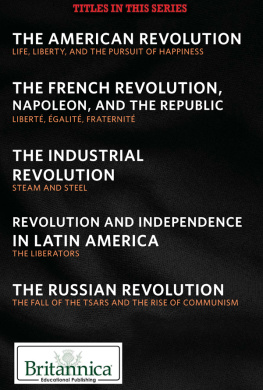
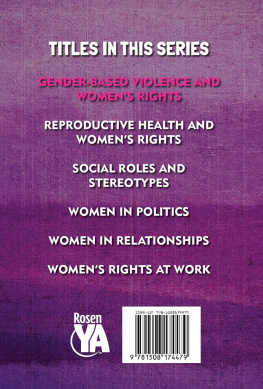

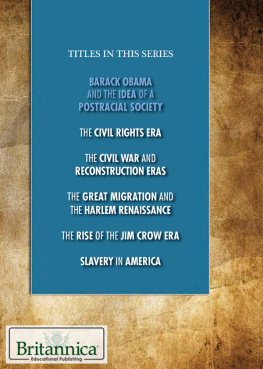
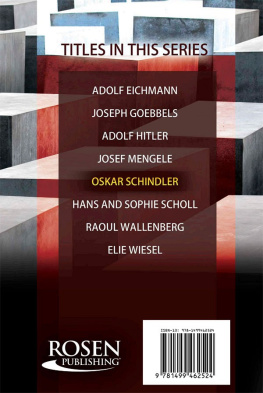
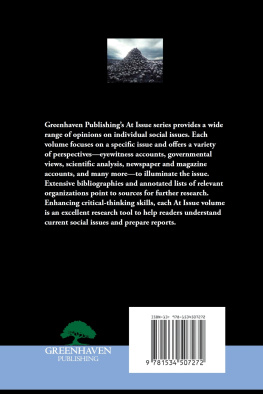

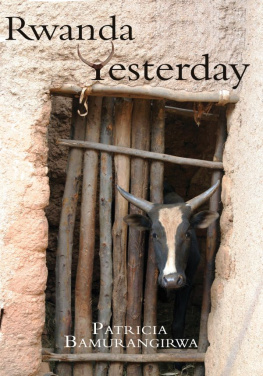

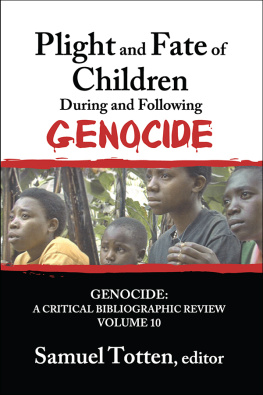
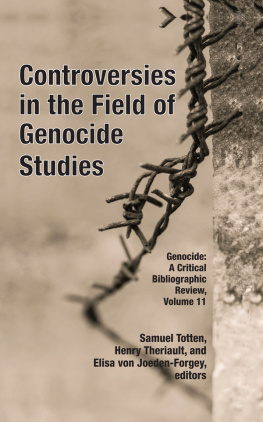
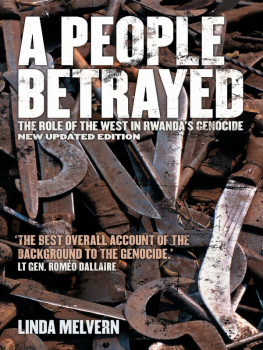
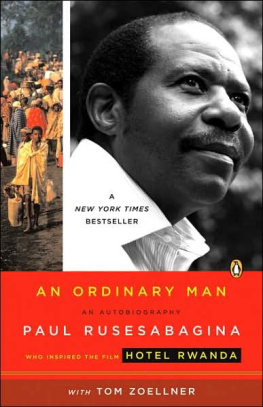
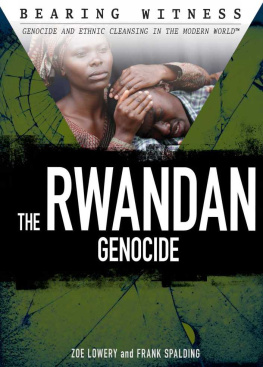
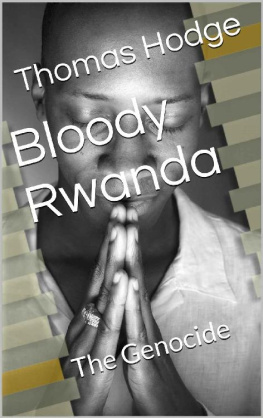

.jpg)
.jpg)
.jpg)